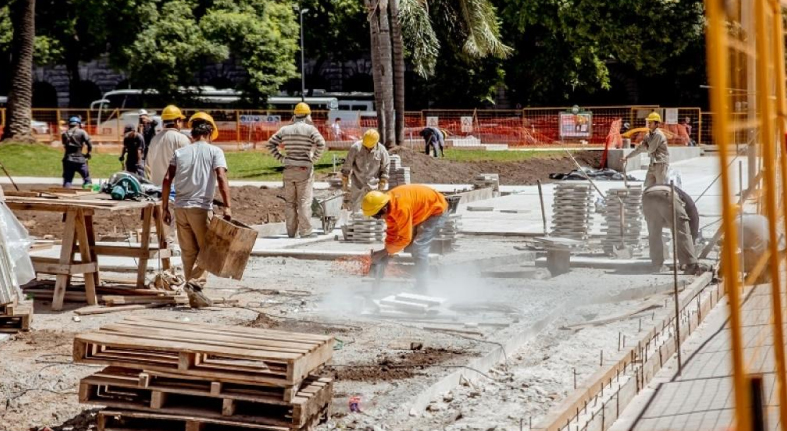The report suggests three key points to reconcile demands for environmental conservation in Latin America and the Caribbean
How can Latin American and Caribbean countries build the infrastructure they need without harming the environment?
This is not a minor question for the region, where 25 million people do not have access to safe drinking water and 96 million lack basic sanitation services. This crisis occurs in the same territory that is home to 34% of the flora species and 27% of the world’s mammal species.
A new World Bank report suggests three key points to reconcile the demands for environmental conservation and the need for countries’ infrastructure:
Take advantage of every penny
“Spend more.” This has been a simple and constant response over the years to solve the infrastructure challenges of Latin American countries. From there, the conversation has focused on attracting more financial resources, particularly from the private sector, to achieve the proposed objectives. However, spending more is insufficient.
How the available resources are allocated and the choice of objectives and metrics are equally important aspects in solving infrastructure gaps. According to World Bank studies, to address this gap, the region will have to allocate, on average, 4.3% of annual GDP between 2015 and 2030.
A detailed study in the most relevant sectors (water and sanitation, electricity, transportation, irrigation and rain protection) reveals that the two most important factors in terms of cost are the objectives of coverage and quality and efficiency in spending.
To improve efficiency in the use of resources, it is essential to improve complementary mechanisms for procurement, planning and execution. Likewise, we must take advantage of the benefits of new technologies that, for example, allow the decentralization of services. The report notes that smart policies of this type can reduce economic costs by half.
Friendly to the environment
There is another limitation in addition to the economic one when making infrastructure decisions: in 2015, the countries of the region adopted the Paris Agreement, which they agreed to work to limit the increase in global temperature to less than 2 degrees Celsius. That is, they must now look for infrastructure solutions that allow them to meet their objectives and at the same time allow them to achieve their objectives to curb climate change.
The World Bank study offers good news: infrastructure alternatives compatible with decarbonization and environmental protection are not necessarily more expensive than those with the highest pollution.
In some key areas, such as access to energy, Latin America has good results to highlight. The region has reached almost universal access, reaching 90% in Peru and Bolivia and almost 100% in the rest of the countries. In addition, the use of coal for electricity generation is the lowest compared to other regions of the world. Even some countries like Paraguay, Brazil and Colombia produce more than 60% of their energy from renewable sources.
In any case, protecting the environment requires constant monitoring in order to face new challenges, such as rapid urbanization, which is accelerating electricity demand not only in the region but worldwide. At the same time, the reduction in the cost of renewable technologies requires that public policy decision makers be attentive to developments in the sector.
Constancy
The third key has to do with operation and maintenance, a challenge rarely incorporated when deciding on an investment strategy. For example, in the water and sanitation sector, operation and maintenance costs in most cases exceed capital costs. In the case of transport, maintenance is almost equivalent to the investment made.
It is key to ensure a source of resources that allows the correct operation and maintenance over time, in order to preserve the infrastructure once developed. This can happen through control institutions, specific funding sources or higher rates that prevent losses.
Correct maintenance, a greater challenge than just opening a work, generates, in turn, significant savings, by reducing the total cost of transport and water infrastructure by more than 50%.


